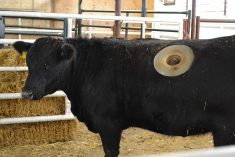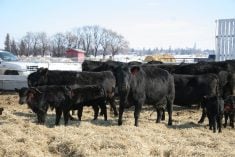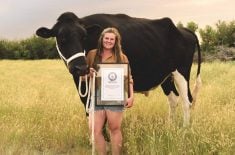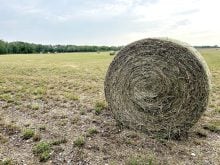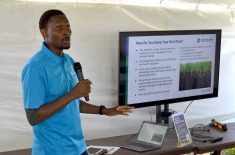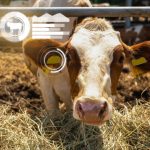Alberta researchers are using the power of native plants to turn manure-fouled water into something so clean it could perhaps be used to water crops or livestock.
“We’re using plants to clean water of contaminants. In this case, we’re using them to clean contaminants that exist in feedlot holding ponds,” said principal investigator Daniel Karran, an instructor for the Werklund School of Agriculture Technology at Olds College.
Researchers are using floating islands developed by Tannas Conservation Services, a consulting firm and one of the largest suppliers of native plants in the province.
Read Also
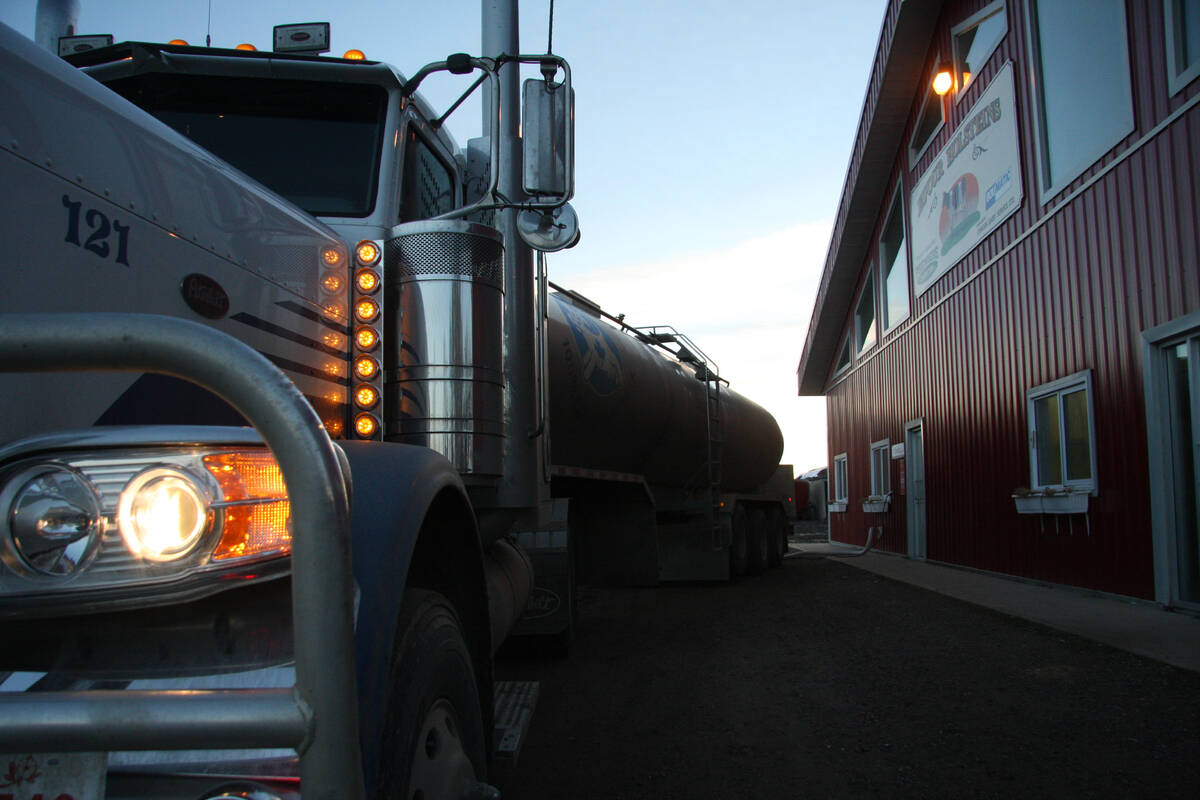
Milk transportation requires intricate logistics
Alberta Milk explains transportation system in Western Canada which sees millions of litres cross borders
“The islands themselves are flotation platforms,” said Steven Tannas, president of the Cremona-headquartered company. “They are a hard foam interior with a plastic coating that basically gives flotation. We can set an area inside of it where we can change growing mediums.”
Each island is about four and a half by eight feet long — small enough to be loaded in a trailer and moved from one pond to another. Each is plugged with different species of plants that would typically be found in riparian areas in Alberta.
“The whole design is meant to be flexible and mobile,” said Tannas, who is assisting with the research project.
[RELATED] Is your livestock water supply up to the test?
It started about seven years ago, with the first two phases involving controlled research in a college greenhouse. In the first phase, researchers spiked the water with contaminants to see if the plants could clean it. Actual feedlot effluent was then used in a second phase to see how the plants performed.
“Now we’re scaling it up to an actual on-farm application,” said Karran.
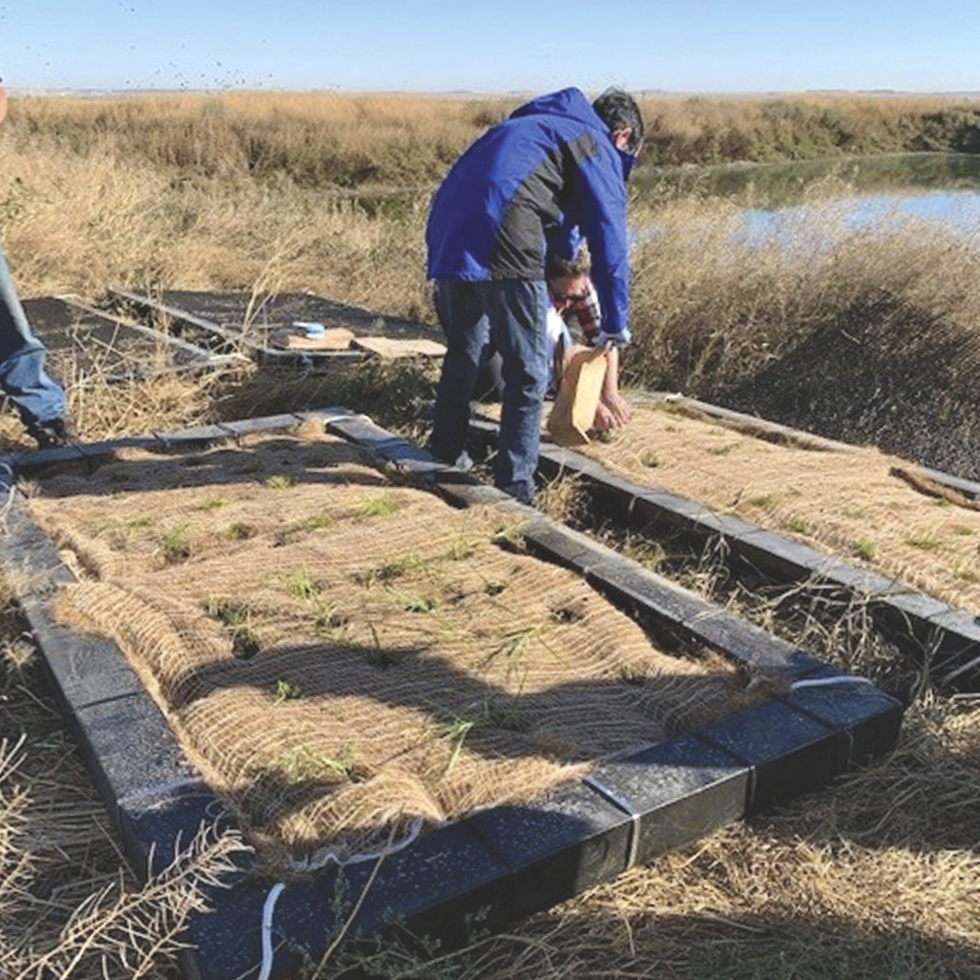
The floating islands are being tested at two feedlots in Linden, as well as a site at the college. There are also sites serving as controls.
Feedlot wastewater can contain many contaminants, including solid and dissolved organic matter, nutrients, salts and heavy metals. Anaerobic decomposition of biomass also creates strong odours, but the plants in the floating islands change that by taking up nutrients and water. The plants transport oxygen from the atmosphere into their roots, which then aerate the water.
“That has a huge impact on water quality,” said Karran.
The plants include pond sedges, water sedges, Baltic rush, wild chives and mare’s tail. Reducing the nutrient load can prevent algae blooms and the plants can also remove metals “so the water can then be used for other agricultural uses,” said Tannas.
“It doesn’t filter everything, but it reduces loads down to a more natural level.”
The islands were installed earlier this fall, and once the perennials are established, they will regenerate each year.
“There will be a little biomass growth for the rest of the season above the islands, and they will overwinter,” Tannas said. “Next spring, they’ll already be established, and they’ll grow a lot more.”
Certain kinds of plants can remove water better than evapotranspiration alone.
“By doing that, you can use your water quicker, and you don’t have the problem of having to dispose of this water, because it’s gone,” said Tannas. “That can also solve a problem when we have too much of this water coming out of a feedlot.”
The ponds will be monitored (as will the ones without islands) over the next couple of years. The floating islands could also be deployed elsewhere, such as storm water retention ponds or in the mining sector.
“We’re using a passive, natural process and we’re exploiting that to improve water quality to a point where it can be reused,” said Karran. “When you’re faced with challenge and pressures from climate change and water resources that are becoming more unreliable, it’s important that we’re able to do more with what we have.”
Feedlot holding ponds are regulated to ensure that contaminated water isn’t released or allowed to seep into other water bodies.
“There’s not a major threat there,” he said. “The greatest environmental benefit is that we’re going to make more water available.”




